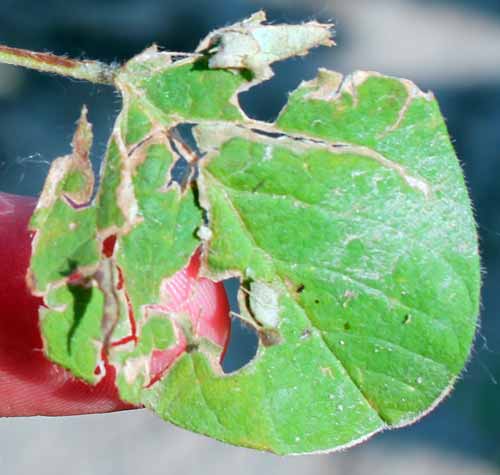
Photo 2. New axillary shoots developing on a hail-damaged plant.
It is not necessary to assess the level of defoliation when soybeans are damaged in the vegetative stages as yield losses due to defoliation will be minimal unless the leaf tissue has been completely removed from the stem as described above. The reduction in the number of live plants per acre is the cause of the yield loss.
Taking accurate stand counts is the essential first step to assessing hail damage. There are two common methods for taking stand counts in soybeans:
- Counting live plants in a length of row equal to 1/1,000 of an acre.
- Counting live plants within a known area (hula hoop).
Both methods are explained in detail in the Michigan State University Extension article “Assessing soybean emergence.”
Once you have an accurate stand count, you can use the information contained in Table 1 to determine the yield potential of the field and compare this to the yield potential expected from replanting (Table 2).
Table 1. Yield effects from reduced plant populations (uniform stands)
Population (live plants per acre) | Yield expressed as the percentage of a normal yield |
Solid seeded | 30-inch rows |
160,000 | 100 | 100 |
120,000 | 100 | 100 |
80,000 | 96 | 100 |
60,000 | 92 | 94 |
40,000 | 87 | 88 |
20,000 | 77 | 81 |
10,000 | 58 | 72 |
Table 2. Yield effects from delayed planting (mid-season varieties with uniform stands)
Planting date | Yield as a percentage of normal |
May 20 | 100 |
May 30 | 96 |
June 10 | 92 |
June 20 | 82 |
June 30 | 70 |
Based on the information contained in Tables 1 and 2, it is evident that replanting is warranted only when plant populations are very low (less than 40,000 live plants per acre), weeds are controlled and the stand is somewhat uniform. The reduced plant population will complicate weed control, so additional scouting and herbicide applications may be required. Yields will be reduced by an additional 6 percent if gaps larger than two feet are very common in the field. Thin soybean stands may also cause the plants to produce pods lower to the ground, leading to increased harvest losses, cutter bar damage or soil in the clean grain tank.
source: msu.edu